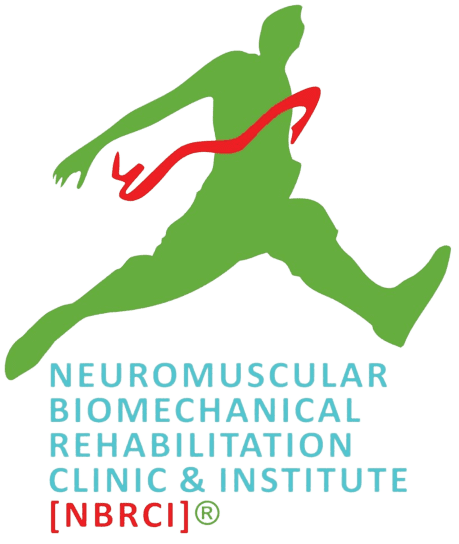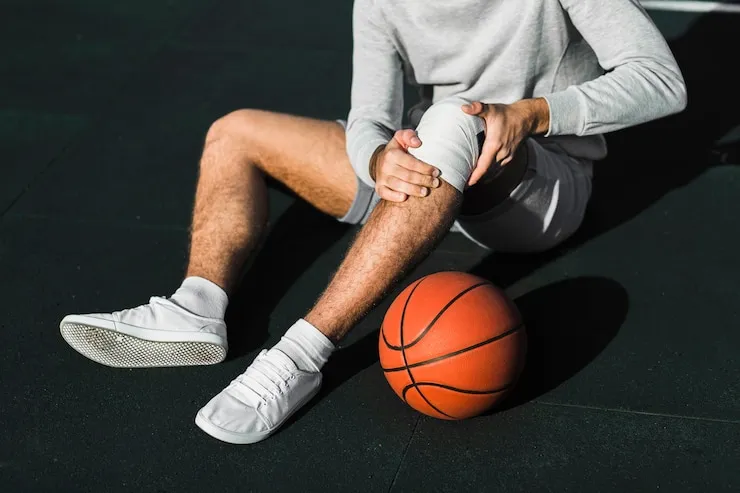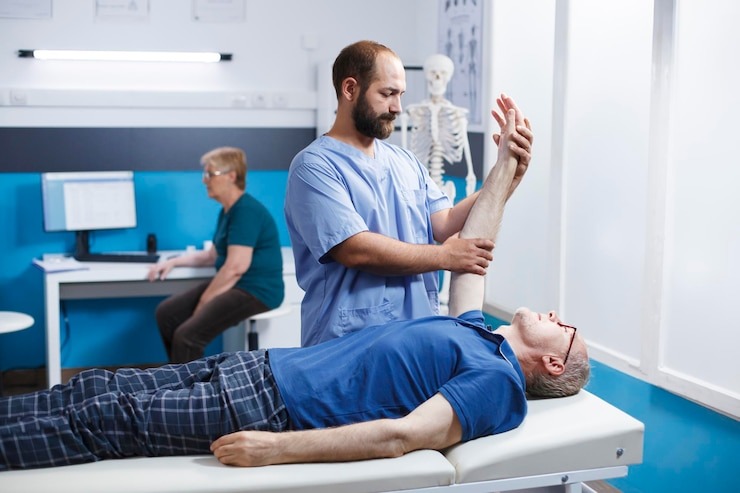Principles of Injury Prevention: A Guide by NBR Clinic
principles of injury prevention
To enjoy a healthy and active lifestyle, injury prevention is one of the essential steps whether you are an athlete, a fitness enthusiast, or one who loves to engage in physical activities. There are several reasons why you can suffer an injury, like overuse of some body muscles, lack of warm-up, or any kind of other unsafe environment. Implementation of key principles of injury prevention is good to reduce the risk of injury prevention to the mark. In this blog, we are going to explore all functional principles of injury prevention.
Warm-Up and Cool Down
A proper warm-up and cool-down routine is fundamental to preparing the body for physical activity and aiding in recovery afterward. A proper warm-up and cool-down is essential before starting any physical activity. A warm-up increases blood flow and muscle temperature and prepares joints for activity. That reduces the chances of strains and sprains.
Some activities like arm circles, walking lunges, and leg swings increase the range of motion. But properly warming up your body is essential to do any of these. At the same time, cooling down helps our body to return to its initial state. That is good for reducing muscle soreness as well.
To do this, keep doing some gentle movements like walking or slow cycling for a few minutes. Or you can do some holding stretches for a few seconds as well.
Understanding Risk Factors
Before applying any strategy, make sure to understand the risk factors of it. There are two types of factors. The first one is intrinsic risk factors. The first one in that is age. Older people have a higher probability of getting injured in injuries or games as compared to younger ones.
The second one is fitness level. Persons with poor conditioning have higher chances of getting sprains and strains. Besides this, some extrinsic factors that are included in principles of injury prevention are types of equipment, surface of training, and weather conditions.
Technique and Biomechanics
Incorrect patterns of movement can cause unnecessary pressure on your joints and muscles. Some activities and movements like weight lifting or running can cause sprain or related injuries. There are several tips by following which you can improve your biomechanics. Some of these are given as follows:
- Get guidance from professionals like coaches or trainers.
- Use equipment to check your posture and body movements.
- Make sure to have controlled movements and focus on body alignment.
Nutrition and Hydration
The next and most important principle of injury prevention is nutrition and hydration. A well-balanced diet and nutrition play an important role in keeping you protected from injury. Some key factors should be kept under consideration.
Take an adequate amount of proteins for your body’s recovery and repair. The next one is carbohydrates. That helps to provide our body with needed energy. Following a routine of taking regular fats helps in the reduction of inflammation and supports our joint health. Besides this, an adequate amount of vitamins and minerals provides us with bone strength.
Dehydration can lead to muscle cramps, dizziness, and poor performance. Drinking enough water before, during, and after exercise helps maintain optimal body function.
Use of Proper Equipment
Using the right equipment while working or exercising helps you to prevent injuries. Whether it is any kind of equipment like footwear, protective padding, or braces, a selection of good ones helps to keep you protected from all kinds of injuries. These are a few tips about the use of the right equipment in daily use or during work out.
- Make sure to use running shoes while walking that helps to provide proper support.
- In the case of cycling or contact sports, make sure to use helmets.
- Use braces and supports to prevent any excessive stress.
Gradual Progression
Sudden increases in workout intensity, duration, or frequency can overload the body and lead to injuries.
While gradual increases in workload are necessary for improvement, they should be planned and incremental. Runners can increase mileage by no more than 10% per week. Strength trainers can add small increments of weight during sessions. Allows the body to adapt to new demands, reducing the risk of overuse injuries like stress fractures or tendonitis.
Cross-Training
Engaging in a variety of exercises and activities promotes overall fitness and reduces the risk of overuse injuries. Different activities target various muscle groups, reducing imbalances Alternating activities (e.g., swimming and cycling) give specific muscles and joints time to recover. Enhances cardiovascular health, strength, and flexibility. A runner might include swimming, yoga, or strength training in their routine.
Why Choose NBR Clinic for Injury Prevention?
At NBR Clinic, we provide trusted physical therapy services for injury prevention and rehabilitation. We are working with a team of skilled professionals and certified physiotherapists who are using advanced tools and state-of-the-art equipment to increase your mobility and strength.
Following the principles of injury prevention, our practices help reduce pain and inflammation and prevent all future injuries as well. If you want to maintain an injury-free lifestyle, visit our website and book a consultation with Dr. Riaz Ahmed.
Find expert care and updates—visit NBR clinic !
FAQs
How does physical therapy help in the prevention of injury?
Physical therapy helps in injury prevention by increasing your flexibility, strength, and movement mechanics. Our physical therapists your body and provide treatment according to your body’s needs.
How often should I do injury prevention exercises?
It is good to do injury prevention exercises up to 3 times a week. And make sure to do this under the guidance of experts.









